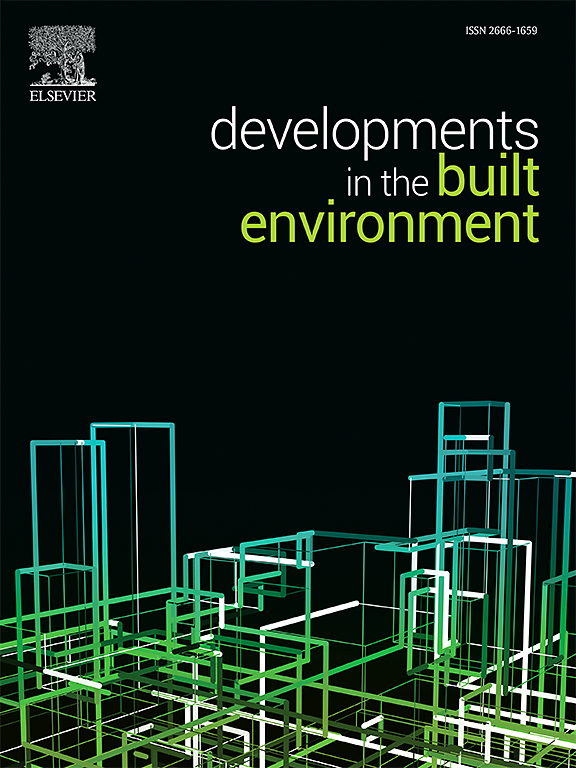基于堆叠算法和可解释人工智能探索环保型超高性能混凝土的组成对动态强度的影响
IF 6.2
2区 工程技术
Q1 CONSTRUCTION & BUILDING TECHNOLOGY
引用次数: 0
摘要
本研究提出了一种双层融合模型(堆叠-CARF)来预测环保型超高性能混凝土(UHPC)的动态抗压强度。在建立预测模型之前,使用异常检测算法创建了一个均衡的超高性能混凝土动态抗压数据集。随后,通过实验确定,由分类提升、随机森林和线性回归组成的堆叠-CARF 模型优于其他著名的集合学习和堆叠模型,可用作稳健的强度预测工具。此外,还利用可解释人工智能从全局和局部角度阐明了材料比例与动态抗压强度之间错综复杂的关系,提供了传统方法难以量化的见解。特别是,交互分析肯定了水泥和胶凝补充材料之间合理的替代比例在提高可持续性和清洁生产实践中的作用。最后,还开发了一个基于 Python 的图形用户界面,以方便在工程应用中实施堆叠-CARF 模型。本文章由计算机程序翻译,如有差异,请以英文原文为准。
Exploring the compositional effect of eco-friendly ultra-high performance concrete on dynamic strength based on stacking algorithm and explainable artificial intelligence
This study proposes a two-layer fusion model (stacking-CARF) to predict the dynamic compressive strength of eco-friendly ultra-high performance concrete (UHPC). Before building the prediction model, a well-balanced UHPC dynamic compression dataset is created using the anomaly detection algorithm. Subsequently, it is experimentally determined that the stacking-CARF model consisting of categorical boosting, random forest and linear regression outperforms other prominent ensemble learning and stacked models, and can be used as a robust strength prediction tool. Moreover, Explainable Artificial Intelligence is utilized to elucidate the intricate relationship between material proportions and dynamic compressive strength from both global and local perspectives, offering insights challenging to quantify using traditional methods. In particular, the interaction analysis affirms the role of reasonable replacement ratios between cement and supplementary cementitious materials in enhancing sustainability and cleaner production practices. Finally, a Python-based graphical user interface is developed to facilitate the implementation of the stacking-CARF model in engineering applications.
求助全文
通过发布文献求助,成功后即可免费获取论文全文。
去求助
来源期刊

Developments in the Built Environment
Multiple-
CiteScore
7.40
自引率
1.20%
发文量
31
审稿时长
22 days
期刊介绍:
Developments in the Built Environment (DIBE) is a recently established peer-reviewed gold open access journal, ensuring that all accepted articles are permanently and freely accessible. Focused on civil engineering and the built environment, DIBE publishes original papers and short communications. Encompassing topics such as construction materials and building sustainability, the journal adopts a holistic approach with the aim of benefiting the community.
 求助内容:
求助内容: 应助结果提醒方式:
应助结果提醒方式:


